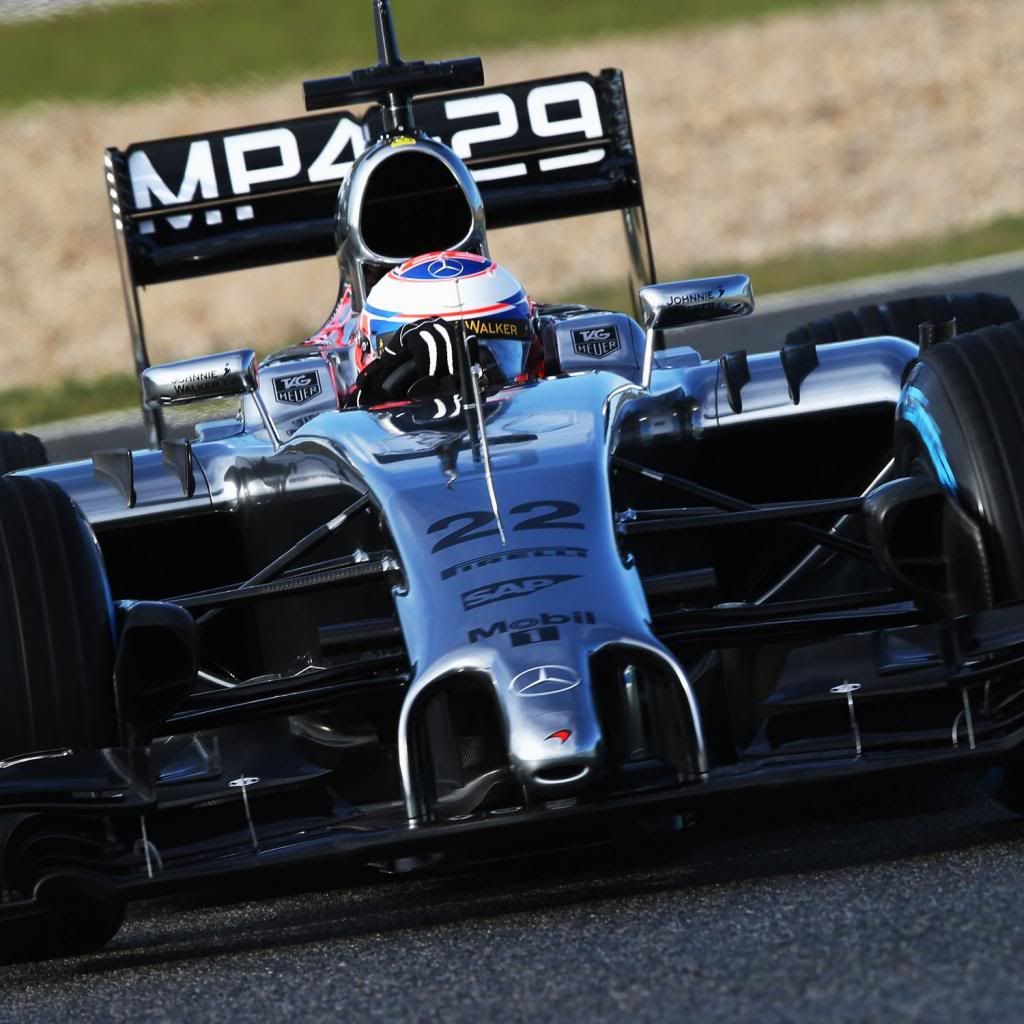Perhaps if you wrote something logical, that was substantiated by fact not anecdotal feelings then context may be less of an issue?PhillipM wrote:You see, this is why no-one can be bothered to write a long reply to you, you deliberately take the statements out of context, misinterpret them, then apply them to a different condition anyway, brilliant.
OK so I'll provide simple, individual responses:
1: I understood what you meant by "jerk" in this particular reference.
2: Regardless, I personally disagree with your conclusions with regard to holding an engine on the RPM limiter which is achieved via ignition cut for prolonged periods in so much as you believe this will cause no damage other than normal fatigue which are your words without a change in context as per the below;
3: So I categorically disagree with your statement below and that was referenced above:
Absolutely in my opinion you are, due to the magnitude and frequency of the torque impulse variations and the length of time this can be achieved by simply holding your foot down on the throttle.PhillipM wrote:you are not fatiguing the engine any more from varying the engine speed than you are with the compenents buzzing away 1rpm short of the limiter
4: Agreed, engine torque output variations occur constantly due to torque impulses from the combustion events (an engiens torque is not one smooth torque output, but a summation of torque impulses). In OEM engines these are traditionally dampened by harmonic balancers, dual mass flywheels, contra-rotating balance shafts or other methodologies as the impulse harmonics are deemed harmful to engine longevity (not only for NVH reasons). These systems are however not typically not present or are removed from racing engines, aside from servicable harmonic balancers on smaller cylinder count engines.
5: Regardless, as I indicated above, it is increases in time, magnitude and frequency of the torque impulses directly related to the RPM limiter which vary greatly from the impulses seen during normal operation that can result in failures;
5: Internal engine components experience forces associated with the change in speed of their motion due to the acceleration and deceleration of the engine (variations in RPM's). This is an immutable fact and mathematically definable;
6: The discussion diverged from F1 engines to more ubiquitous engines and the wire spring valve systems used therein,
7: With regard to your reference to F1 engines running on the limiter, as they run pneumatic valve systems vs. wire springs this relives "some" but not all of the components that can be prone to failure.
8: Pneumatic valve systems also have a higher tolerance for the harmonics and oscillations due to the use of a nitrogen chamber that replaces the spring. This is why they are used over wire spring systems. Lower mass, greater control, decreased harmonic & resonance influences and they are generally more robust due to overall and individual component design. F1 engines are typically more robust simply due to the extreme levels of engineering, materials used and testing provided for. These are typically cost prohibitive outside F1, even for other racing series and most certainly for other lower level professional and amateur series.
9: I have yet to see a similar pneumatic valve system available for OEM heads/engines that can be retrofitted for racing, if you know of one let me know;
10: The Williams FW34 of Maldonado running a Renault RS27 engine had a failure in Malaysia. This was reported as a piston failure by Renault. Rumor has it that yes the piston failed but only after it impacted a valve after a component in the nitrogen pressurisation chamber system in the head failed. Sepang Malaysia (I have raced there numerous times) is not only very hot, however with the two long and one short straights, forces an engine run near but also on the limiter more often then other tracks with shorter straights. It is believed this may have directly influenced the failure of the Renault engine in Malaysia.
11: Renault's commentary sounds suspiciously like engine manufactures spin, similar to an explanation once given by Juan Pablo Montoya after his Willaims-BMW failed leaving pieces of engine and casing strewn across the track. When asked in an interview what happened, with a great degree of sarcasm simply replied with something to the effect of "According to the engineers, it was an electrical failure, but not an engine failure..". BMW was notoriously protective of its reputation and Montoya has subsequently admitted he was "prep'd" to explain the failure was not due to the BMW powerplant. This is one on the reasons he had such a hostile relationship with some sections of the F1 paddock (that and his bad temper).
12: In 2012, other F1 engine failures have occurred this year at Bahrain GP for Charles Pic (Marussia Cosworth CA2012), Monaco GP for Heikki Kovalainen (Caterham Renault RS27) & British GP for Vitaly Petrov (Caterham Renault RS27)
13: In 2011 there were engine failures for Kamui Kobayashi (Sauber) British GP, Rubens Barrichello (Williams) German GP, Nick Heidfeld (Renault) Hungarian GP, Daniel Ricciardo (Hispania) Belgium GP, Vitantonio Liuzzi (Hispania) qualifying Japanese GP, Sebastian Buemi (Toro Rosso) Indian GP
14: In general, F1 engine reliability is up as the RPM's are restricted substantially below the maximum mechanical RPM limit that engineers had made them capable of running too. In 2006/07 it was 20,000rpm, then reduced to 19,000rpm in 2007/08 and now 18,000rpm.
15: Forces and wear increase exponentially as RPM's increase. A 2,000rpm decrease from 20,000rpm to 18,000rpm is a massive step down in the forces and wear seen by the engine components. That is exactly why it was mandated.
We will never agree, and as such I think this has gone as far as it can..

